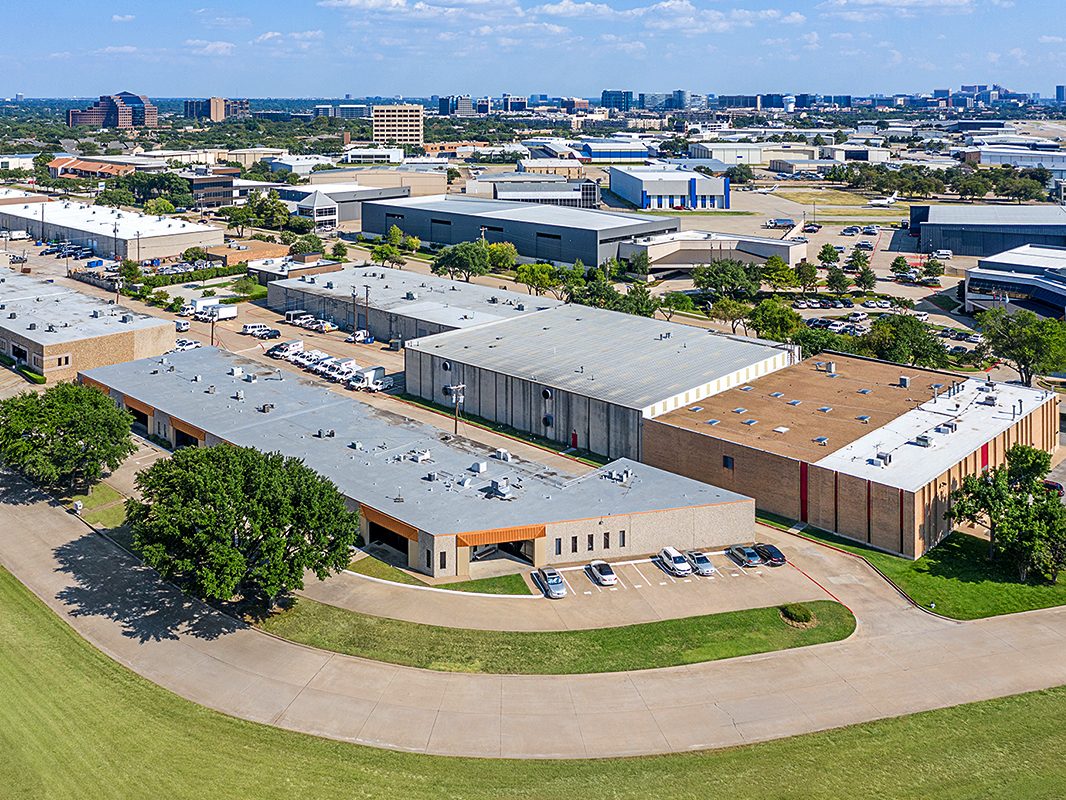How to Prepare for an EV Fleet Conversion
Robert Anderson and Andrew Linowes of JLL on the opportunities and challenges of transitioning from gas-powered to electric vehicles.
Electric vehicles comprise 2 percent of commercial vehicle sales in the U.S. By 2030, BloombergNEF projects that number to balloon to 24 percent. Additionally, EV commercial fleets will add more than 400,000 commercial vehicles to the market in the next five years—an eightfold increase over today’s numbers. Companies considering or planning to convert their fleets to electric vehicles must be prepared for the road ahead, which, although littered with challenges, can be an avenue of opportunity. We’ve broken down some highlights.
Why convert?
Flush with an infusion of cash and incentives, EV conversions have picked up the pace. In November of 2021, Congress passed the Infrastructure Investment and Jobs Act, which poured an estimated $1.2 trillion into investing in U.S. infrastructure. The IIJA included approximately $7.5 billion to support EV adoption plus an additional $32.5 billion eligible for EV support and $10.5 billion to aid in battery development and upgrades to the power grid. In August 2022, the Inflation Reduction Act passed, earmarking more than $370 billion in climate-change investment, including $47 billion earmarked to support EVs. And that’s exclusive of tax credits for commercial and consumer organizations that buy new medium and heavy-duty EVs along with charging equipment.
Credits include a Commercial Clean Vehicle Credit that offers 30 percent of the cost difference between the gas-powered vehicle and the clean-energy alternative up to $40,000 per electric vehicle. Additionally, the IRA provides an Alternative Fuel Vehicle Refueling Property Credit for 30 percent of the purchase and installation cost for charging stations, up to $100,000 per charger, for rural and low-income areas.
While current prices for EVs outstrip internal combustion engine vehicles, some programs and incentives reduce maintenance and operation costs. For example, one estimate from the California Air Resources Board states that a Class 6 electric truck can save its owner $4,000 annually over a diesel vehicle. Extrapolated over the life of the asset and applied to an entire fleet, this converts into some substantial savings. In addition, under the right use case, EVs have the potential to provide power back to the grid, offering the potential for an additional revenue stream to EV owners that can accelerate payback periods.
It’s important to note that conversion is about more than bills and tax credits. A desire exists to better the environment through renewable sources of energy, and EV transitioning is part of those efforts.
What are the roadblocks?
It is critical to support EV conversion with investment in a scalable, right-sized infrastructure design. To support the design, organizations must address myriad factors that can slow down implementation. These include:
- Stakeholder engagement: EV conversion decision makers are typically in different departments, including fleet, equipment, facilities, capital planning and procurement, and that can impact the speed to market for EVs and supporting infrastructure investments. Properly identifying and engaging key decision makers early in the planning process can expedite the delivery of the EV conversion project and avoid expensive design oversight.
- Vehicle selection: One party may have one timeline in mind, but the availability of parts or vehicles may dictate another. Since some manufacturers have been hit with delays and limits in EV production, be sure to select a preferred vendor carefully to make sure that they will be able to meet needs over the next three to five years and beyond. When choosing fleet vehicles, decision makers must ask questions, including: What will be the primary purpose of the EV in question? How many miles will be traveled daily?
- Charging infrastructure: It’s imperative to deploy EVs into the field with a way to charge them. This critical, complex step mandates strong planning and investment. Companies must analyze availability and projected EV usage to decide what type of chargers to purchase. Other major deciding factors include vehicle availability, frequency of vehicle usage and length of time on site, all of which help determine the number and location of charging stations. Moreover, the availability of properly phased electricity will influence the number and type of power charging stations used.
- Fleet management: The transition from ICEs to EVs and newer technology, along with a shift in the way we use this equipment, changes how fleets have been traditionally managed and procured. This change requires a shift in the way businesses approach, plan and procure EVs. Due to the nature of this nascent market, some new providers offer services that businesses have never really had access to such as Charging as a Service models, which take away a lot of the “pain” in managing transitions and installing infrastructure.
- Real estate: Setting up charging infrastructure requires space for the chargers to call home. So, take property ownership into account when developing plans. A few things to consider: If I own real estate, should I be considering upgrades or retrofits? If it’s leased, how will I work with the property owner to implement charging infrastructure? When considering locations, remember that convenience and practicality are paramount—and if expansion is in the future, ensure the real estate portfolio is also scalable to meet those needs.
- Power supply: EV fleets require a reliable power supply. This often means identifying supplemental onsite power sources such as solar and/or battery storage, which, paired with grid-supplied power, can help reduce demand and in some cases manage costs compared to expanding grid capacity. Additionally, advanced hardware and software can help prioritize charging.
- Network security: When you’re switching to an EV fleet, there is potential exposure to increased cyber-security weak spots. For example, chargers might connect to a company’s current network, posing infiltration vulnerabilities. Upgrading and protecting network systems—or identifying non-networked charging—is critical to security.
The bottom line
Doing what’s been done before isn’t feasible when planning a transition to EV. New business models are being tested to deliver EV fleets, which may or may not be the right solution for every company, which is why having an advisor is vital to finding a personalized solution for each entity and helping unpack the myriad of challenges that businesses haven’t typically dealt with before.
Additionally, switching to an EV fleet affects more than one part of operations. It touches multiple departments, including real estate, finance, procurement, operations and compliance, among other groups. The key is having an investment plan that reflects these wider implications.
Here’s a brief roadmap for success:
- Consider goals for EV fleet implementation: What is the purpose of this project?
- Map the conversion plan: What vehicles and infrastructure are needed to support the project? How will you pay for the investment?
- Evaluate vendors: Who are the right ones to meet specific needs?
- Consider third-party assistance: Are there benefits from outsourcing to trusted advisors with experience?
Remember, it’s a marathon, not a race. Plan carefully and for the long haul. For more information and insight, please see our whitepaper, The Road Map to Electric Vehicle Fleet Conversion.
Robert Anderson is senior vice president, Clean Energy & Infrastructure Advisory, JLL, and Andrew Linowes, is vice president, Clean Energy & Infrastructure Advisory, JLL.








You must be logged in to post a comment.